Envision stepping into a room washed in serene blues or a lively space adorned with vibrant yellows and oranges; each colour weaving a distinct emotional narrative. In the rich tapestry of interior design, colour transcends simple decoration—it's a profound medium that shapes our emotions and moulds our experiences within spaces. This exploration delves into the essence of colour psychology in interior design, illustrating how deliberate colour choices can forge spaces that deeply resonate with our emotional and psychological needs.
The psychology of colour in interior design orchestrates an intricate dance of emotions, where each hue plays a unique role in evoking specific feelings. This interplay of colours isn't just about personal preference; it's deeply rooted in cultural and historical contexts that add layers of meaning to our perception of space.
Warm colours (reds, oranges, yellows) are the essence of energy and warmth, transforming spaces into vibrant havens that stimulate conversation and creativity. In many Eastern cultures, red symbolises good luck and prosperity, while in Western contexts, it often denotes passion and excitement. Despite their vivacity, an overuse of warm colours can lead to feelings of restlessness or agitation, highlighting the need for a balanced approach that incorporates cooler tones to harmonise the space.
Cool colours (blues, greens, purples), in contrast, serve as the backdrop for tranquility and calm. They are the sanctuaries of peace within a home, ideal for spaces dedicated to relaxation or focused work. However, when cool tones predominate without balance, they can impart a sense of detachment or coldness. Introducing elements of warmth through textures or accent colours can counteract this effect, ensuring the space remains welcoming and balanced.
Saturation also plays a crucial role, affecting mood and atmosphere. Light pastels promote a serene environment, while deep, saturated tones add sophistication and depth, making strategic use of colour saturation key in achieving the desired emotional balance in a space.
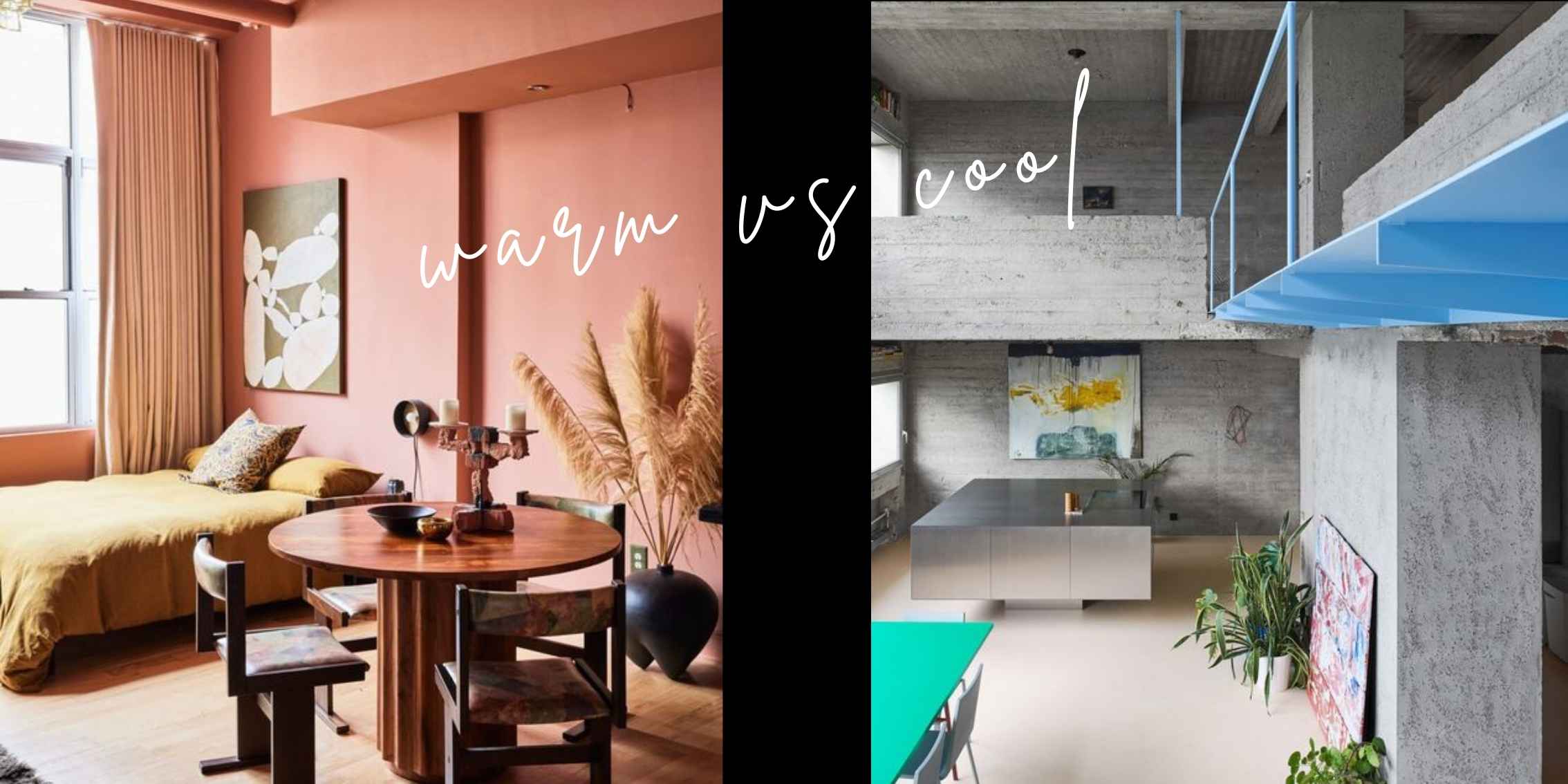
Image source: Cup of Jo + Dezeen
Colour's influence extends beyond emotions, shaping our perception of space in profound ways. It orchestrates a visual symphony that can either expand or cosy up a room, creating illusions that transform the spatial experience.
Through strategic colour choices, designers can manipulate how we perceive and experience space, making colour a crucial tool in the art of interior design. This knowledge empowers designers to craft environments that not only cater to aesthetic preferences but also enhance the functional living experience.
Incorporating colour psychology into interior design enables the creation of spaces tailored to evoke specific moods and functionalities. Here’s how to apply these principles across various rooms to enhance their intended purpose:
Create a welcoming atmosphere that encourages social interaction and relaxation. Opt for a warm colour palette with neutral bases like creams or taupes, enlivened by accent colours such as ochre or emerald green. Textural elements can add depth and interest, making the living area both inviting and dynamic.
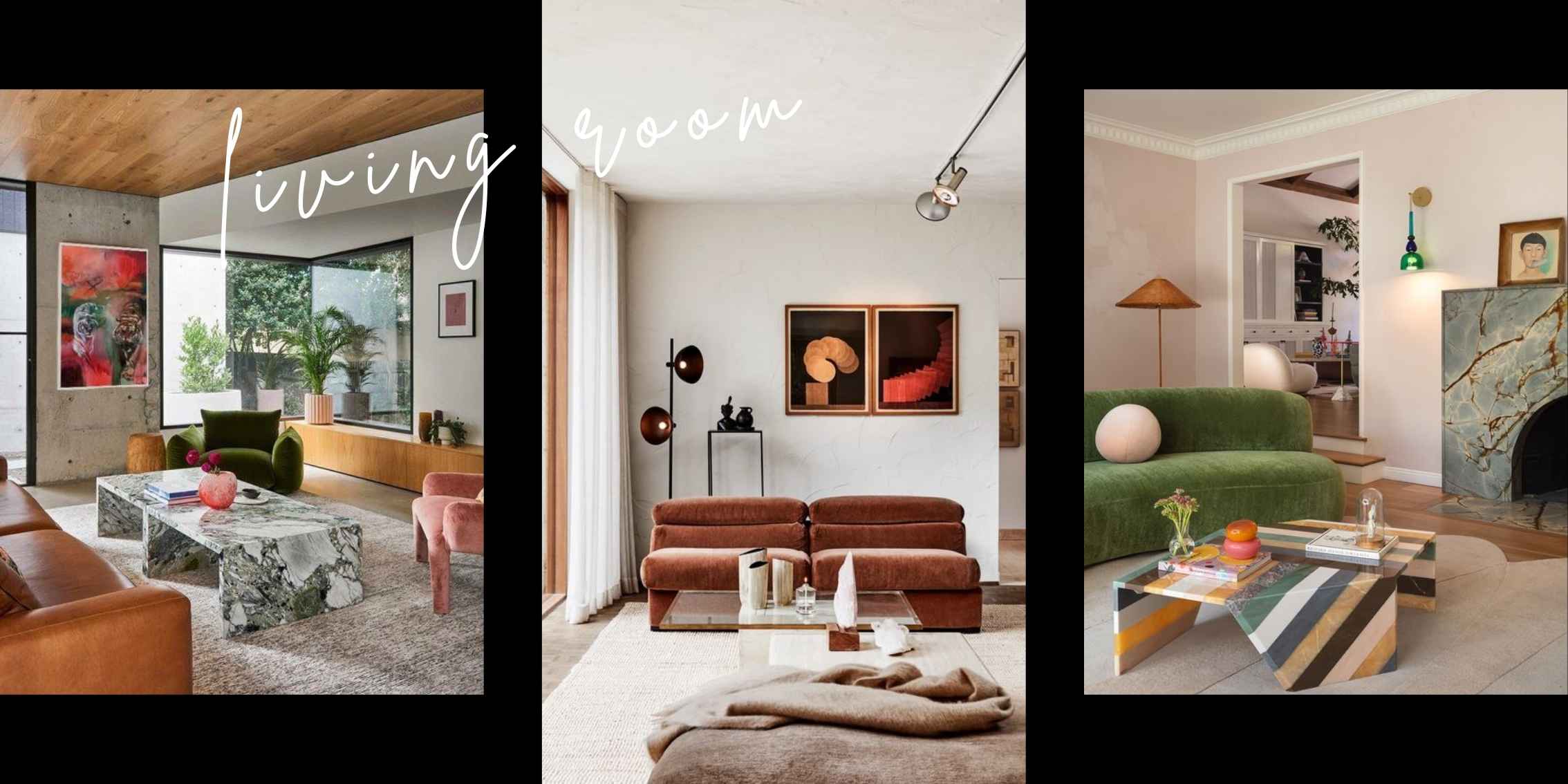
Image source: Pinterest
Focus on promoting tranquillity and restfulness. Cool, calming colours like lavender, soft blue, or muted green can help to soothe the mind and prepare the body for sleep. Incorporating elements of biophilic design, such as natural hues and materials, can further enhance the room's restorative qualities.
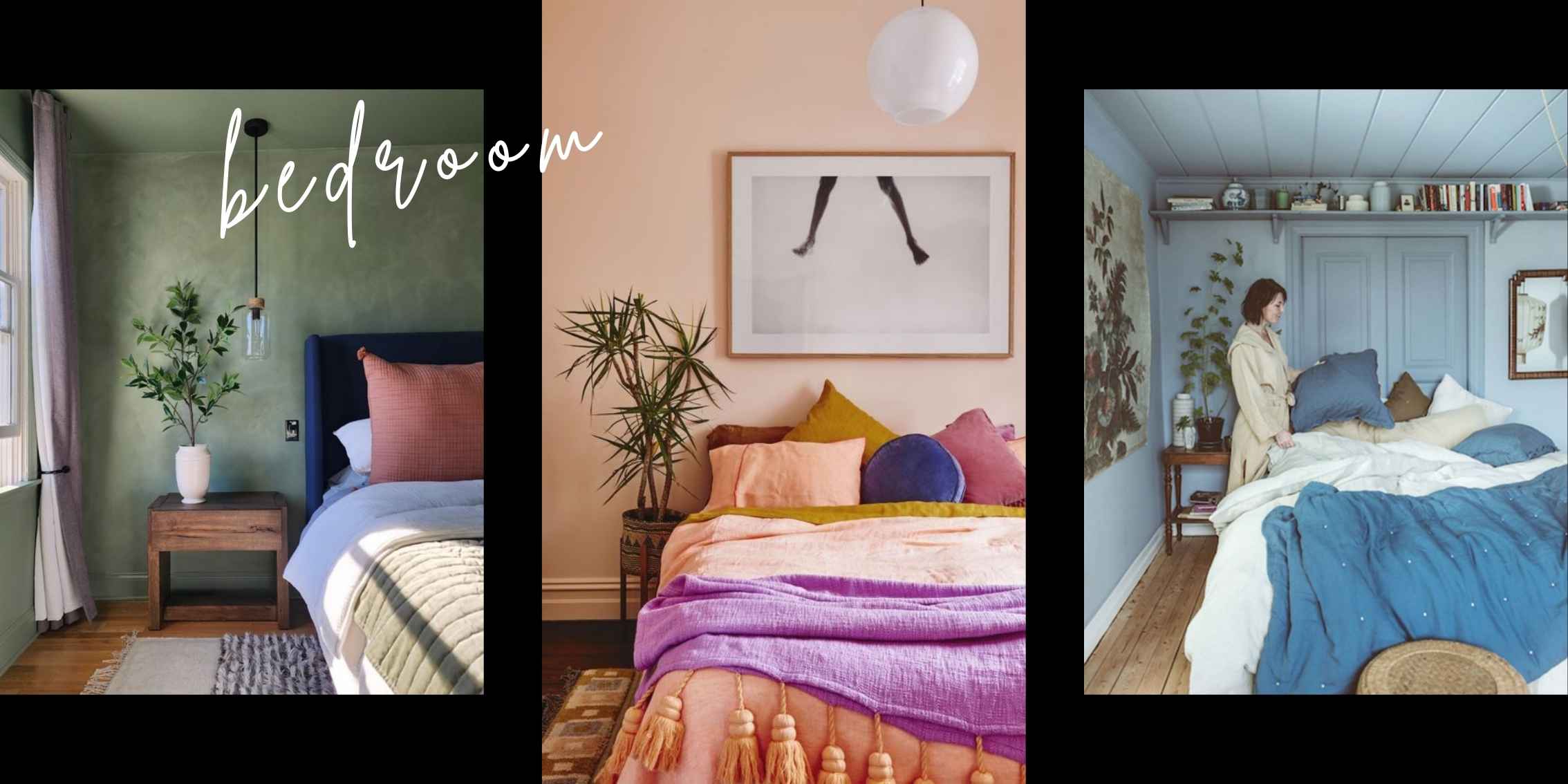
Image source: Pinterest
Colours that stimulate concentration and productivity are key for this space. Shades of blue and green can create a focused yet calming environment, while accents in citrus tones or vibrant coral can invigorate the space and encourage creative thinking.
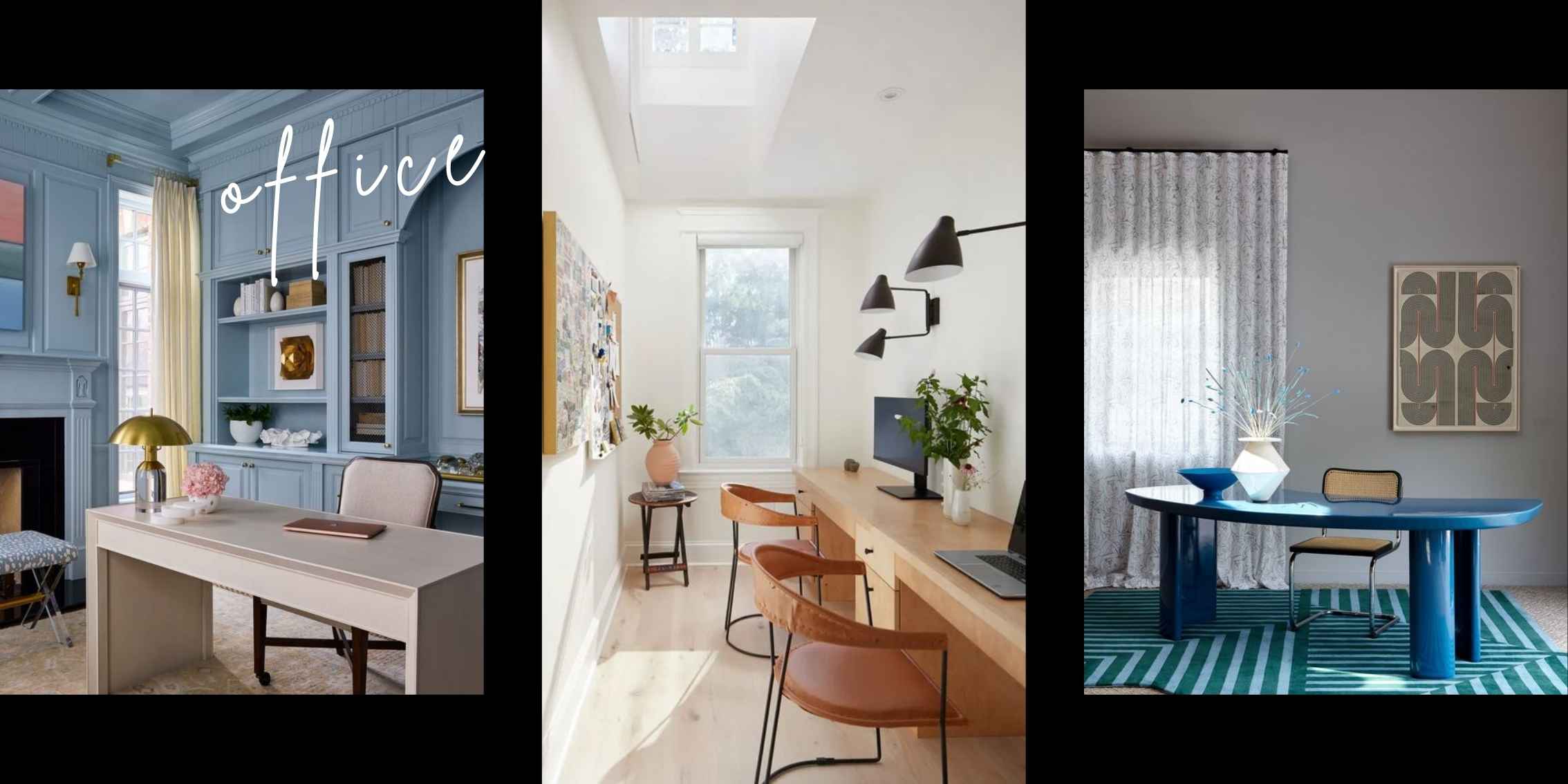
Image source: Pinterest
This room should inspire culinary creativity and foster family interactions. Warm colours like yellow and orange stimulate appetite and bring a sense of energy, while touches of cooler green can balance the warmth and introduce a fresh vibrancy.

Image source: Pinterest
By thoughtfully applying colour psychology to each room, designers can significantly influence the atmosphere and functionality of a space, creating environments that align with the occupants' lifestyles and emotional needs.
Embark on an enlightening journey with our comprehensive interior design course, meticulously crafted to harness the transformative power of colour in design. This course not only delves into the fundamentals of design but also elevates your understanding through advanced techniques and practical application. Spearheaded by seasoned professionals, the curriculum promises to equip you with an arsenal of skills, preparing you to make your mark in the vibrant world of interior design.
Imagine transforming theoretical knowledge into tangible skills through engaging modules that cover colour theory, application, and the psychological impact of colours. This isn't just about learning; it's about evolving into a visionary designer capable of crafting spaces that resonate emotionally and aesthetically with occupants. Highlights of our program include:
A lovely example of colour psychology brought to life is seen in this playful children's room designed by one of our talented #IDIstudent's, Charlotte Power from @bycharlottepower.
This project showcases how thoughtful colour selection can create an environment that stimulates creativity, joy, and imagination, perfectly tailored to a child's developmental needs and personality.
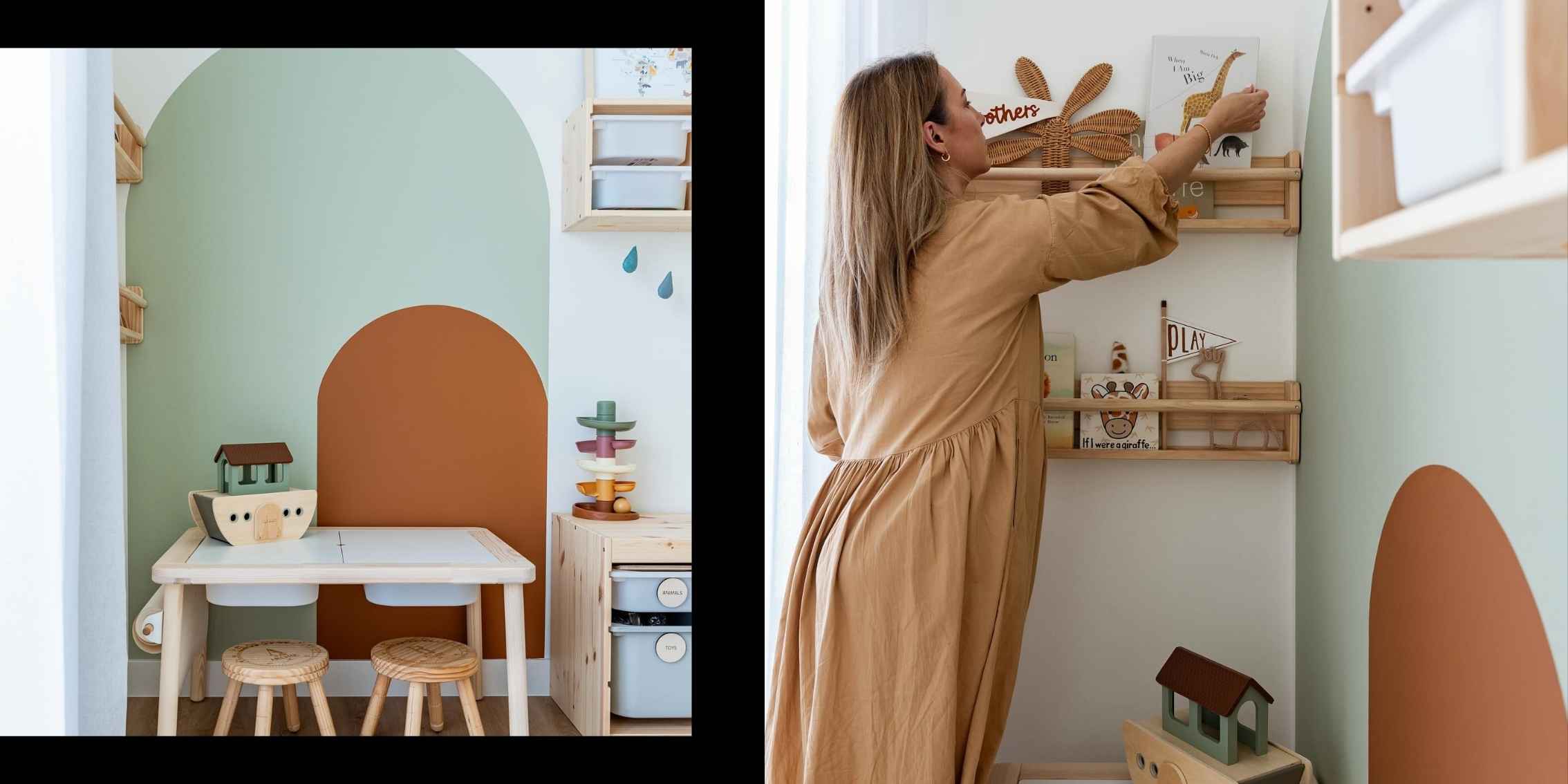
Image source: #IDIstudent Charlotte Power
Through our course, you'll have the opportunity to engage in similar real-world projects, applying the principles of colour theory to create spaces that not only look stunning but also evoke desired emotions and behaviours.
Our modules cover everything from the fundamentals of colour psychology to advanced techniques in colour application, ensuring you're well-equipped to make informed design decisions.
You’ll even get to put together fun colour schemes like this for one of your assignments!
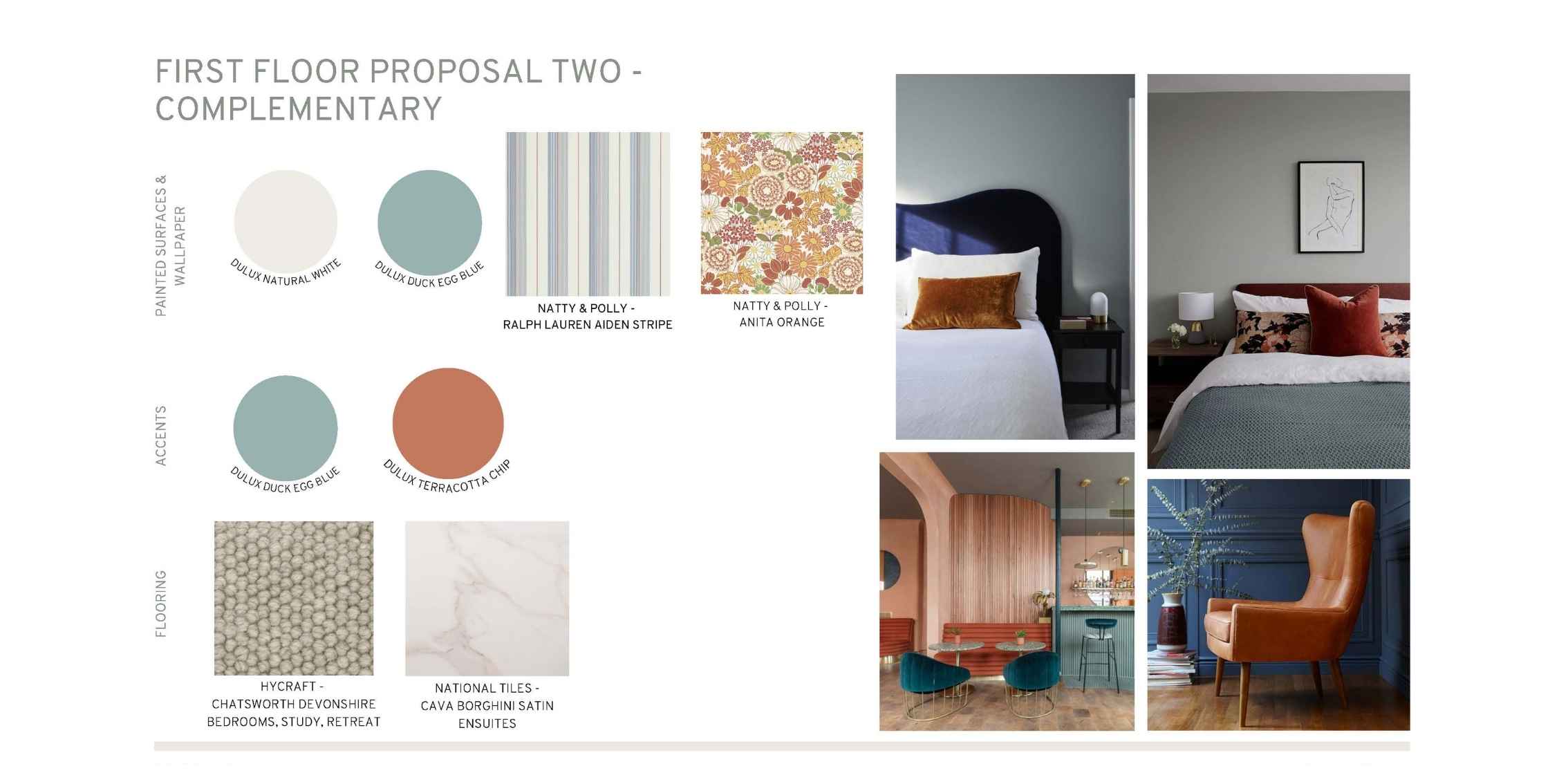
Image source: #IDIstudent Pana Interiors
Embrace the journey of becoming a master of colour, and let your designs tell a story that resonates with every hue. With the knowledge of colour psychology at your fingertips, your home can become a symphony of colours, each room a reflection of your unique personality and emotions.
Dive into the vibrant world of interior design with The Interior Design Institute, and start learning how to harness the emotional power of colour to create impactful, resonant spaces today.

Image source: #IDIstudent Clare Winspear
Embarquez pour un voyage inspirant et créatif, à travers notre sélection d'articles sur la décoration d'intérieur : des idées, des analyses, des conseils d'experts et des parcours inédits de nos étudiants.